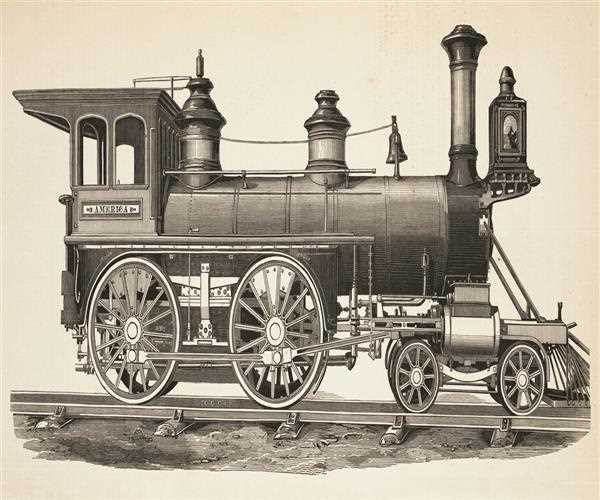Locomotive is a self-propelled vehicle that runs on rails and is powered by steam, diesel or electricity. It revolutionized the way people and goods were transported around the world, and its invention is considered one of the most important events in the history of transportation. In this article, we will explore the history of the locomotive, including the year it was invented and how it came to be.
The year of the invention
The first locomotive was invented in 1804 by Richard Trevithick, a British inventor and engineer. His invention was a steam-powered vehicle that ran on rails, and it was designed to haul heavy loads of iron ore from a mine to a nearby river. Trevithick's locomotive was the first practical steam-powered vehicle to be built, and it paved the way for the development of the modern locomotive.

How the locomotive was invented
Richard Trevithick was inspired to invent the locomotive after seeing a model of a steam-powered vehicle created by the French inventor Nicolas-Joseph Cugnot in 1770. Trevithick believed that steam power could be used to propel a vehicle on rails, and he began experimenting with different designs in the early 1800s.
In 1802, Trevithick patented a high-pressure steam engine that was much more efficient than previous steam engines. This new engine could generate a lot of power with a relatively small amount of fuel, which made it ideal for use in a locomotive.
Trevithick built his first locomotive in 1804, and it was called the "Puffing Devil." The Puffing Devil was a small, four-wheeled vehicle that was powered by a high-pressure steam engine. It could haul up to ten tons of iron ore at a time and travelled at a speed of five miles per hour.
After the success of the Puffing Devil, Trevithick continued to refine his design, and in 1808 he built a much larger locomotive called the "Catch-Me-Who-Can." This locomotive was capable of hauling up to 70 men at a time and could travel at a speed of 12 miles per hour.
Impact of the locomotive
The invention of the locomotive had a significant impact on transportation and commerce around the world. It made it possible to transport goods and people faster and more efficiently than ever before, which led to the development of new industries and the expansion of existing ones.
The first commercially successful locomotive was built in 1814 by George Stephenson, a British inventor and engineer. Stephenson's locomotive was called the "Blucher," and it was used to haul coal from mines to nearby ports. The success of the Blucher led to the development of the modern locomotive, which has become an essential part of modern transportation.
Conclusion
The locomotive was invented in 1804 by Richard Trevithick, a British inventor and engineer. Trevithick's invention was a steam-powered vehicle that ran on rails, and it was designed to haul heavy loads of iron ore. The locomotive revolutionized transportation and commerce around the world, making it possible to transport goods and people faster and more efficiently than ever before. The development of the modern locomotive has become an essential part of modern transportation, and its impact on the world cannot be overstated.